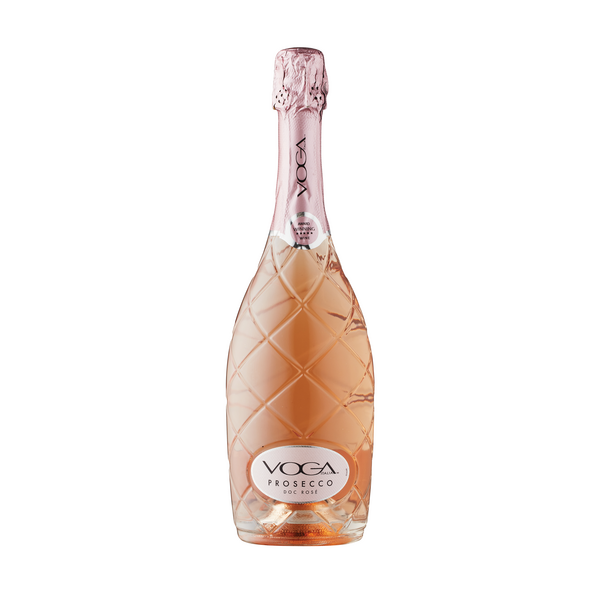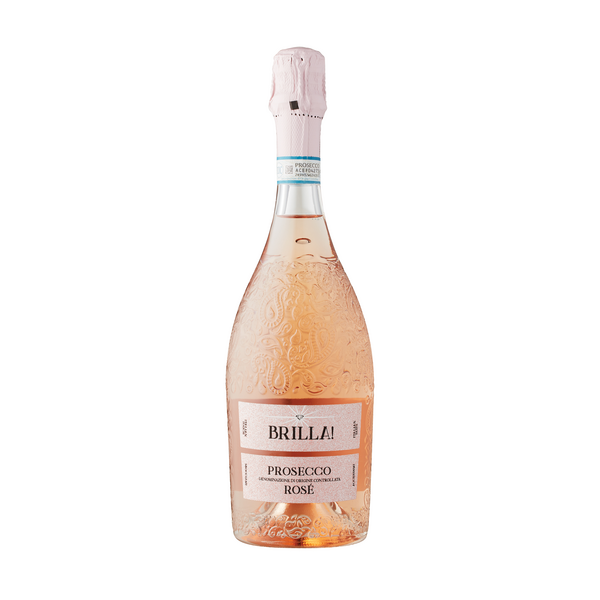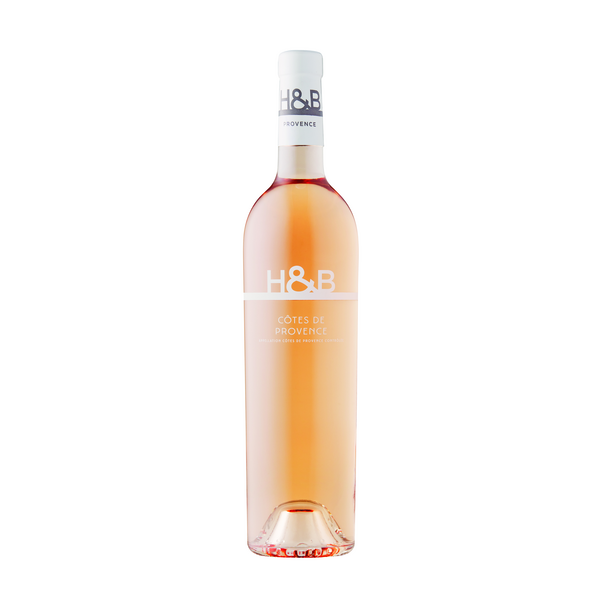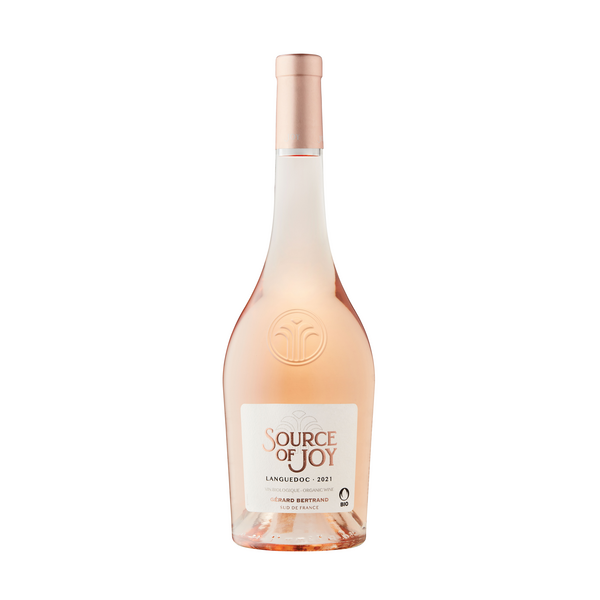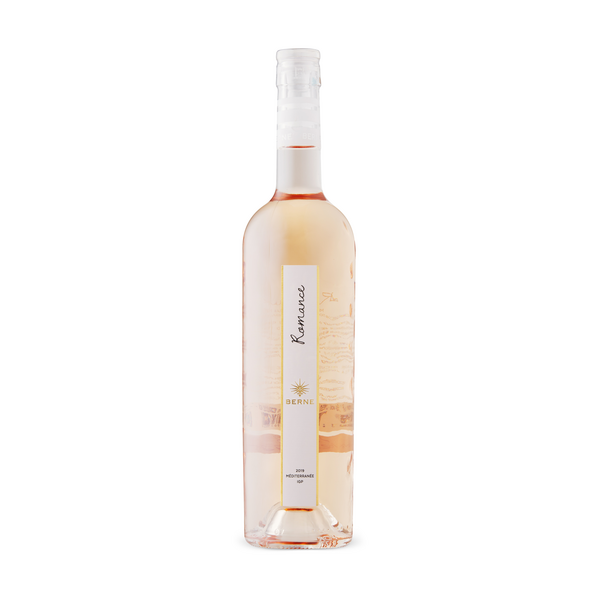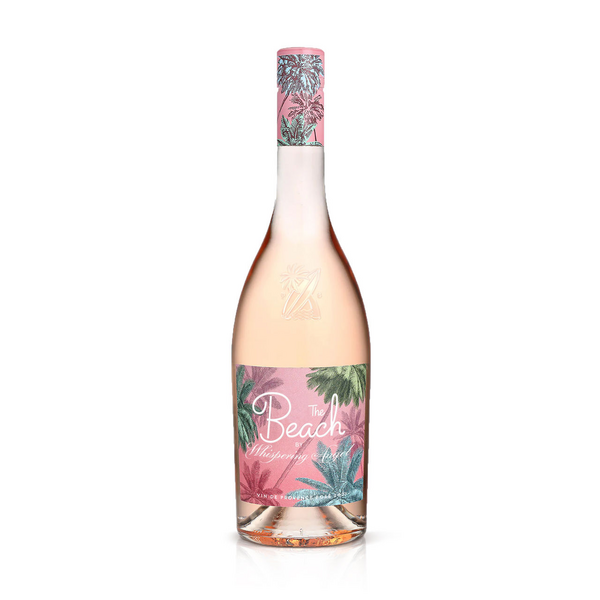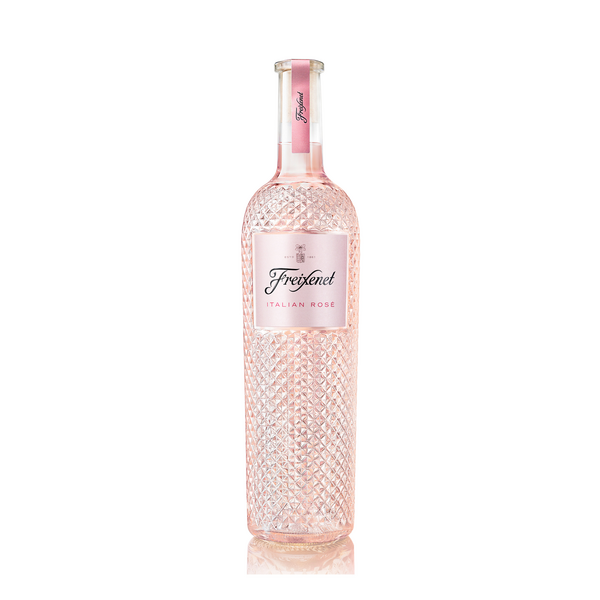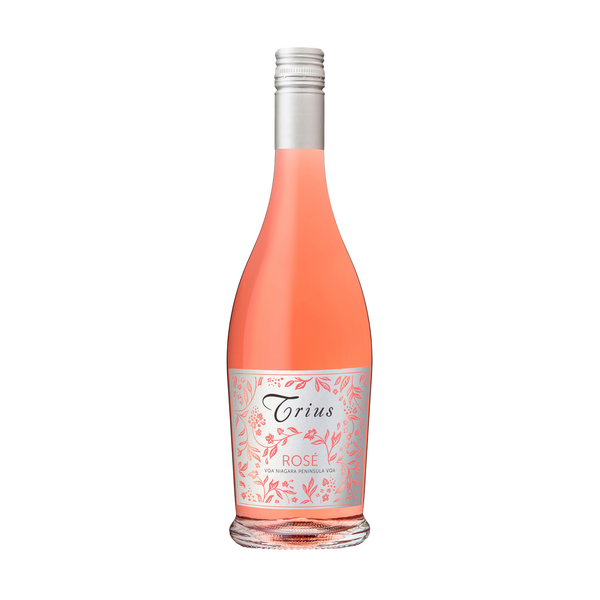-
 56.3 Million bottles delivered
56.3 Million bottles delivered
-
 30% Savings vs our competitors
30% Savings vs our competitors
-
 100% Canadian
100% Canadian
 56.3 Million bottles delivered
56.3 Million bottles delivered
 30% Savings vs our competitors
30% Savings vs our competitors
 100% Canadian
100% Canadian
- Alcohol Delivery
-
Beer
- All Beer
- Ale
- Show All
- Altbier
- Amber
- American IPA
- American Pale
- Belgian
- Belgian Strong
- Blonde
- Brown
- Cream
- Dark
- Double IPA
- Draught
- Dry
- English Bitter Ale
- English Pale Ale
- Flavoured & Spiced
- Fruit
- Golden
- Hazy DIPA
- Hazy IPA
- Honey
- Imperial IPA
- IPA
- Lagered
- Light
- New England IPA
- Other
- Pale
- Pilsner
- Red
- Red Ipa
- Saison
- Session IPA
- Sour
- Stout
- Stout & Porter
- Stout & Porter
- Strong
- Triple IPA
- West Coast IPA
- Wheat
- Wheat & Rye
- White IPA
- Cider
- Gifts and Samplers
- IPA
- Lager
- Light
- Malt
- Mixed Case
- Non-Alcoholic & Specialty
- Other
- Pale
- Porter
- Radler/Shandy
- Seltzer
- Specialty
- Specialty Beer
- Stout
- Beer Delivery Cities
-
Wine
- All Wine
- Champagne
- Fortified Wine
- Gifts and Samplers
- Icewine
- Red Wine
- Show All
- Agiorgitiko
- Agiorgitiko(St.George)
- Agiorgitiko/Cabernet Sauvignon
- Aglianico
- Alentejo
- Alicante
- Alicante Blend
- Amarone
- Aragonés Blend
- Arinto Blend
- Baco Noir
- Barbaresco
- Barbera
- Bardolino/Valpolicella
- Barolo
- Beaujolais
- Blaufränkisch
- Blend
- Blend - Cabernet
- Blend - Meritage
- Blend - Other
- Blended Table Red
- Bobal
- Bonarda
- Bordeaux
- Bordeaux Red
- Brachetto
- Brunello
- Burgundy
- Cabernet Franc
- Cabernet Franc Blend
- Cabernet Franc/Cabernet Sauvignon
- Cabernet Franc/Merlot
- Cabernet Merlot
- Cabernet Sauvignon
- Cabernet Sauvignon Blend
- Cabernet Sauvignon/Agiorgitiko
- Cabernet Sauvignon/Cabernet Franc
- Cabernet Sauvignon/Cabernet Franc/Petit Verdot
- Cabernet Sauvignon/Malbec
- Cabernet Sauvignon/Merlot
- Cabernet Sauvignon/Merlot/Cabernet Franc
- Cabernet Sauvignon/Petit Verdot
- Cabernet Sauvignon/Sangiovese
- Cabernet Sauvignon/Shiraz
- Cabernet Sauvignon/Shiraz/Merlot
- Cabernet Sauvignon/Sumoll
- Cabernet Sauvignon/Syrah
- Cabernet Sauvignon/Syrah/Carmenère
- Cabernet Shiraz Merlot
- Cabernet/Merlot
- Cannonau (Grenache)
- Carignan
- Carignan Blend
- Carignan/Grenache
- Carignan/Grenache/Syrah
- Carmenère
- Carmenère Blend
- Carmenère/Syrah
- Castelão Blend
- Catarratto
- Chardonnay Blend
- Châteauneuf-du-Pape
- Chianti
- Cinsault
- Clarete
- Corvina Blend
- Corvina/Raboso/Refosco
- Corvina/Rondinella
- Corvina/Rondinella/Molinara
- Corvina/Rondinella/Sangiovese
- DAO
- Dolcetto
- Douro
- Durif
- Feteasca Neagra
- Frappato
- Gamay
- Garnacha
- Graciano
- Grenache
- Grenache Blend
- Grenache Noir Blend
- Grenache/Carignan
- Grenache/Mourvèdre
- Grenache/Shiraz
- Grenache/Shiraz/Zinfandel
- Grenache/Syrah
- Grenache/Syrah/Carignan
- Grenache/Syrah/Mourvèdre
- Grenache/Tempranillo
- Kadarka
- Kékfrankos
- Lambrusco
- Limniona
- Limniona Blend
- Maceratino
- Madeira
- Malbec
- Malbec Blend
- Malbec/Cabernet Franc
- Malbec/Cabernet Sauvignon
- Malbec/Merlot
- Malvasia
- Maréchal Foch
- Mavrodaphne
- Mavrotragano
- Mencia
- Meritage
- Merlot
- Merlot Blend
- Merlot/Cabernet Franc
- Merlot/Cabernet Sauvignon
- Merlot/Cabernet Sauvignon/Cabernet Franc
- Merlot/Malbec
- Merlot/Sangiovese
- Monastrell (Mourvèdre)
- Monastrell (Mourvèdre) Blend
- Montepulciano
- Montepulciano/Sangiovese
- Mourvèdre
- Mourvèdre Blend
- Mourvèdre/Syrah/Grenache Noir
- Muscadet
- Muscatini
- Named Varietal Blends-Red
- Nebbiolo
- Nebbiolo Blend
- Nebbiolo/Barbera
- Negrette
- Negro Amaro
- Negroamaro
- Nerello Mascalese
- Nerello Mascalese Blend
- Nero D'Avola/Syrah
- Nero d'Avola
- Nero d'Avola Blend
- Nero di Troia
- Other
- Other Red Varietal (Single)
- País
- Passerina
- Perricone
- Petit Verdot
- Petit Verdot/Cabernet Sauvignon
- Petite Sirah
- Petite Sirah Blend
- Piedirosso/Aglianico
- Pinot Noir
- Pinot Noir Blend
- Pinot Noir/Gamay
- Pinotage
- Plavac Mali
- Primitivo
- Primitivo Blend
- Primitivo/Negroamaro
- Pugnitello Blend
- Red - Full Bodied
- Red - Light Fruity
- Red - Medium Bodied
- Red - Sweet
- Red Blend
- Red Table Wines (Unnamed Blends)
- Refosco
- Refosco dal Peduncolo Rosso
- Regional Blended Red
- Rhône
- Rioja
- Ripasso
- Rubicon IGP
- Sagrantino
- Sangiovese
- Sangiovese Blend
- Sangiovese/Cabernet Sauvignon
- Sangiovese/Cabernet Sauvignon/Merlot
- Sangiovese/Canaiolo
- Sangiovese/Merlot
- Saperavi
- Schwarzriesling
- Sciaccarello
- Shiraz Blend
- Shiraz/Cabernet
- Shiraz/Cabernet Sauvignon
- Shiraz/Grenache
- Shiraz/Grenache/Mourvèdre
- Shiraz/Malbec
- Shiraz/Merlot/Cabernet
- Shiraz/Syrah
- Shiraz/Viognier
- Sparkling
- Syrah Blend
- Syrah/Carignan
- Syrah/Grenache
- Syrah/Malbec
- Syrah/Mourvèdre
- Syrah/Mourvèdre/Grenache
- Syrah/Mouvèdre/Grenache
- Syrah/Shiraz
- Syrah/Viognier
- Syrah/Xinomavro
- Tannat Blend
- Tannat/Cabernet Franc
- Tannat/Cabernet Franc/Cabernet Sauvignon
- Tempranillo
- Tempranillo Blend
- Tempranillo/Cabernet Sauvignon
- Tempranillo/Graciano
- Tempranillo/Grenache
- Tinta de Toro
- Tinta Fina
- Touriga Franca Blend
- Touriga Nacional
- Touriga Nacional Blend
- Touriga Nacional/Tinta Roriz
- Traminer
- Trousseau
- Valpolicella
- Vin Santo
- Vranac
- Xarel-lo
- Xinomavro
- Zinfandel
- Zinfandel Blend
- Zinfandel/Petite Sirah
- Zweigelt
- Rosé Wine
- Show All
- Blend
- Blended Table Rose
- Cabernet Franc
- Cabernet Franc Blend
- Cabernet Sauvignon/Shiraz/Merlot
- Cabernet/Merlot
- Commandaria
- Garnacha
- Grenache
- Grenache Blend
- Grenache/Shiraz
- Grenache/Syrah
- Kotsifali/Mandilari
- Moscato
- Negrette Blend
- Other
- Pinot Blanc
- Pinot Grigio
- Pinot Gris Blend
- Pinot Noir
- Pinot Noir Blend
- Rosato
- Rosé
- Rosé - Dry
- Rosé - Sweet
- Viura (Macabeo)
- Xinomavro
- Sake & Rice Wine
- Sparkling Wine
- Specialty Wine
- White Wine
- Show All
- Albana
- Albarossa
- Aligoté
- Alvarinho
- Alvarinho Blend
- Alvarinho/Albariño
- Antão Vaz Blend
- Arinto Blend
- Arneis
- Assyrtiko
- Assyrtiko/Athiri
- Athiri
- Athiri/Malagousia/Muscat
- Avesso
- Blend
- Blend - Other
- Blend - Semillon/Sauvignon Blanc
- Blended Table White
- Bordeaux
- Burgundy
- Carricante/Catarratto
- Chardonnay
- Chardonnay Blend
- Chardonnay Musqué
- Chardonnay/Sauvignon Blanc
- Chardonnay/Sémillon
- Chardonnay/Viognier
- Chenin Blanc
- Chenin Blanc Blend
- Clairette Blend
- Cortese
- Encruzado
- Falanghina
- Flavoured Wine
- Friulano
- Fruit Wine
- Fume Blanc
- Furmint
- Garganega
- Garganega Blend
- Garganega/Chardonnay
- Garganega/Trebbiano
- Garnacha
- Gewürztraminer
- Gewürztraminer/Riesling
- Godello
- Grasevina
- Grüner Veltliner
- Grenache Blanc
- Grenache Blanc Blend
- Grillo
- Gros Manseng
- Hárslevelu
- Loire
- Loureiro
- Malagousia
- Malvasia
- Marsanne
- Marsanne Blend
- Marsanne/Roussane
- Melon de Bourgogne
- Moscatel
- Moscato
- Moschofilero
- Mtsvane
- Muscat
- Named Varietal Blends-White
- Other
- Other White Varietals (Single)
- Pecorino
- Picpoul Blanc
- Pinot Bianco
- Pinot Blanc
- Pinot Grigio
- Pinot Gris
- Pinot Gris Blend
- Pinot Gris/Pinot Grigio/Rulander
- Regional Blended White
- Retsina
- Rhône
- Ribolla Gialla
- Riesling
- Riesling Auslese
- Riesling Beerenauslese
- Riesling Blend
- Riesling Kabinett
- Riesling Spätlese
- Rkatsiteli
- Rkatsiteli/Mtsvane
- Roter Veltliner
- Roupeiro blend
- Roussanne Blend
- Roussanne/Grenache
- Sangiovese Blend
- Santenay
- Sauternes
- Sauvignon Blanc
- Sauvignon Blanc Blend
- Sauvignon Blanc/Chardonnay
- Sauvignon Blanc/Sémillon
- Savagnin
- Savatiano
- Sémillon
- Sémillon Blend
- Sémillon/Sauvignon Blanc
- Sémillon/Sauvignon Blanc/Muscadelle
- Scheurebe
- Semillon/Riesling
- Soave
- Tamaioasa Romaneasca
- Tokaj
- Torrontes
- Traminer
- Trebbiano
- Tsipouro
- Verdejo
- Verdejo Blend
- Verdelho
- Verdicchio
- Vermentino
- Vernaccia
- Vidal
- Vidal Blend
- Vinho Verde
- Viognier
- Viognier Blend
- Viognier/Marsanne
- Viura (Macabeo)
- Viura Blend
- White - Fruity
- White - Full Bodied
- White - Light Dry
- White - Sweet
- White Blend
- White Table Wines (Unnamed Blends)
- Xarel-lo
- Xinomavro
- Xinomavro Blend
- Xynisteri
- Wine Delivery Cities
- Liquor
- Staff Picks
- Gift Ideas
- Promotions
- Become a Driver
International Rosé Day
Occasions
April
May
June
July
August
September
October
November
December
January
February
March
Rosé wines are just so darn special that they need to be celebrated three times each year! International Rosé Day is celebrated on the fourth Friday of June each year.
International Rosé Day is dedicated to celebrating and enjoying the delightful pink-hued wine known as rosé. Rosé wine is a type of wine that is characterized by its pink or salmon color. It is produced from a variety of red grape varietals, using a winemaking process that incorporates limited contact between the grape skins and the juice. The shorter contact time allows only a partial extraction of color, resulting in the characteristic pink hue.
Production: Rosé wine can be made using several methods, including maceration, saignée, and blending. Maceration involves allowing the grape skins to remain in contact with the juice for a short period, usually a few hours or up to a couple of days. Saignée (French for "bleeding") is a method where some juice is bled off from red wine production to concentrate the red wine, and the bled-off juice is used to make rosé. Blending involves mixing red and white wines, although this method is less common and restricted in some regions.
- Color and Styles: Rosé wines can exhibit a range of hues, from pale pink to deeper shades of coral or salmon. The color can vary depending on the grape variety used, winemaking techniques, and the duration of skin contact. The taste profile of rosé wine can also vary significantly, from dry and crisp styles to more fruity and sweeter expressions.
- Grape Varieties: Various red grape varieties are used to produce rosé wine, including Grenache, Syrah (Shiraz), Mourvèdre, Pinot Noir, Sangiovese, Tempranillo, and many others. Different regions may have specific grape varieties associated with their rosé production.
- Regions: Rosé wine is produced in many wine regions around the world. Some of the most renowned regions for rosé production include Provence in France, which is famous for its dry and delicate rosé wines, as well as regions like Tavel, Bandol, and Côtes de Provence. Other notable regions for rosé production include Spain (particularly in Navarra and Rioja), Italy (such as the rosato wines of Tuscany), the United States (including California and Oregon), and Australia.
- Food Pairing: Rosé wine's versatility and refreshing character make it a great companion for various foods. It pairs well with a wide range of dishes, including salads, seafood, grilled vegetables, light poultry, charcuterie, and even certain spicy or Asian cuisines. The acidity and fruit-forward nature of many rosé wines make them a popular choice for outdoor gatherings, picnics, and summer events.
Remember that rosé wines can vary significantly in style, sweetness levels, and flavor profiles. It's always a good idea to explore different regions and grape varieties to find the rosé wines that suit your preferences.
Rosé wines have gained significant popularity in recent years. They have experienced a surge in demand and have become increasingly popular among wine enthusiasts and casual wine consumers alike. Here are a few reasons behind the rise in popularity of rosé wines:
- Versatility: Rosé wines are versatile and can be enjoyed in various settings and occasions. They are often seen as a refreshing and easy-to-drink option, suitable for both casual sipping and pairing with a wide range of foods. The light and fruity character of many rosé wines appeals to those seeking a lighter wine option.
- Seasonal Appeal: Rosé wines are commonly associated with warm weather and summer months. The vibrant pink color and crisp, refreshing flavors make them popular choices for outdoor gatherings, picnics, barbecues, and other summer activities. Rosé wines are often considered a go-to option for those seeking a refreshing and enjoyable beverage during hot weather.
- Wine Culture and Trends: The popularity of rosé wines has also been influenced by broader wine culture and trends. There has been a growing interest in exploring different wine styles, and rosé offers a unique and distinct category. It has become fashionable and trendy to enjoy rosé wines, and they have gained a reputation as a fun and fashionable choice among wine drinkers.
- Evolving Wine Production: Winemakers have responded to the increased demand for rosé wines by producing higher quality offerings. They have focused on refining production techniques, sourcing grapes specifically for rosé production, and experimenting with different grape varieties and styles. This has led to a broader range of rosé wines available on the market, catering to various tastes and preferences.
- Social Media Influence: Social media platforms have played a significant role in popularizing rosé wines. Hashtags like #RoséAllDay and #RoséSeason have gained traction, and influencers and wine enthusiasts often share their experiences and recommendations, further promoting the enjoyment of rosé wines.
Overall, the combination of versatility, seasonal appeal, evolving production techniques, and cultural influences has contributed to the rising popularity of rosé wines. It has become a wine category that continues to capture the attention and enjoyment of wine enthusiasts worldwide.

